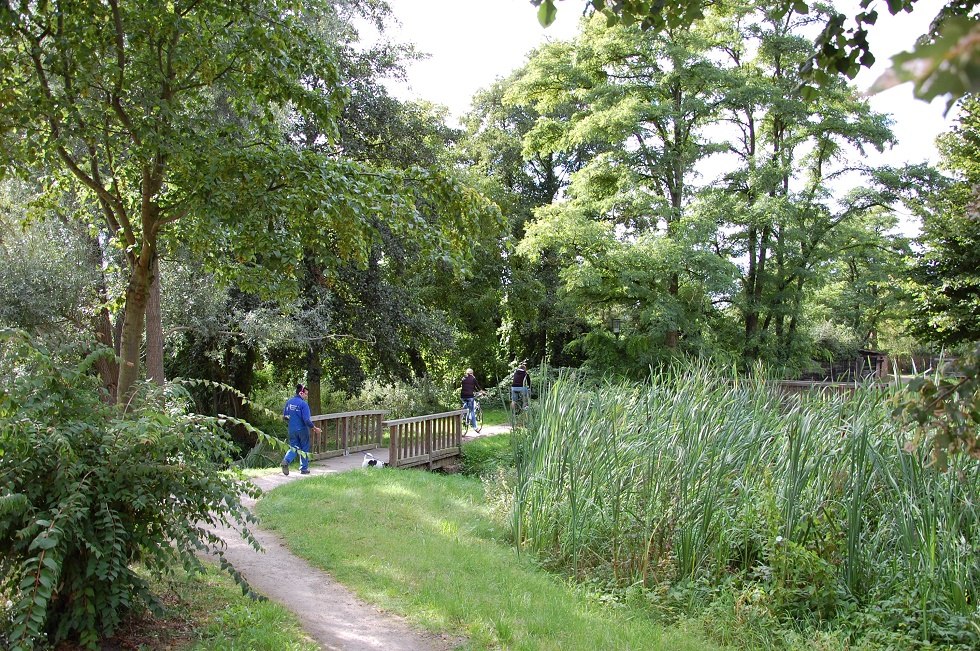Probably in the 12th century the historical ramparts of Boizenburg were built. They served to protect the just developing town on the Boize River. More than 45 bridges over the moat gave the town the nickname "Little Venice of the North".
To monitor the trade route from the Harz Mountains to the Baltic Sea region, which at the time ran through the middle of today's city area, the Slavs had already built a lowland castle with a moat, earthen rampart and wooden palisades three centuries earlier in what was then the Fürstengarten. The ramparts, which are still visible today, were built in the 12th century and enclose the historic old town. They consist of a central rampart, enclosed on both sides by ditches, and an inner and outer rampart. The many small half-timbered houses, which were built directly on the inner of the two ditches towards the city, are connected to the middle rampart by more than 45 bridges. They still characterize the townscape today and gave the place the nickname "Little Venice of the North". Particularly charming is the small "Wallpavillon", a hexagonal half-timbered building standing on wooden stilts with a roof crowned with a morning star. In the late 19th century, the entire length of the Mittelwall was planted on both sides with linden trees, which today have grown into stately specimens. The linden avenue of the Kurzen Wall is even said to have existed since 1789.







